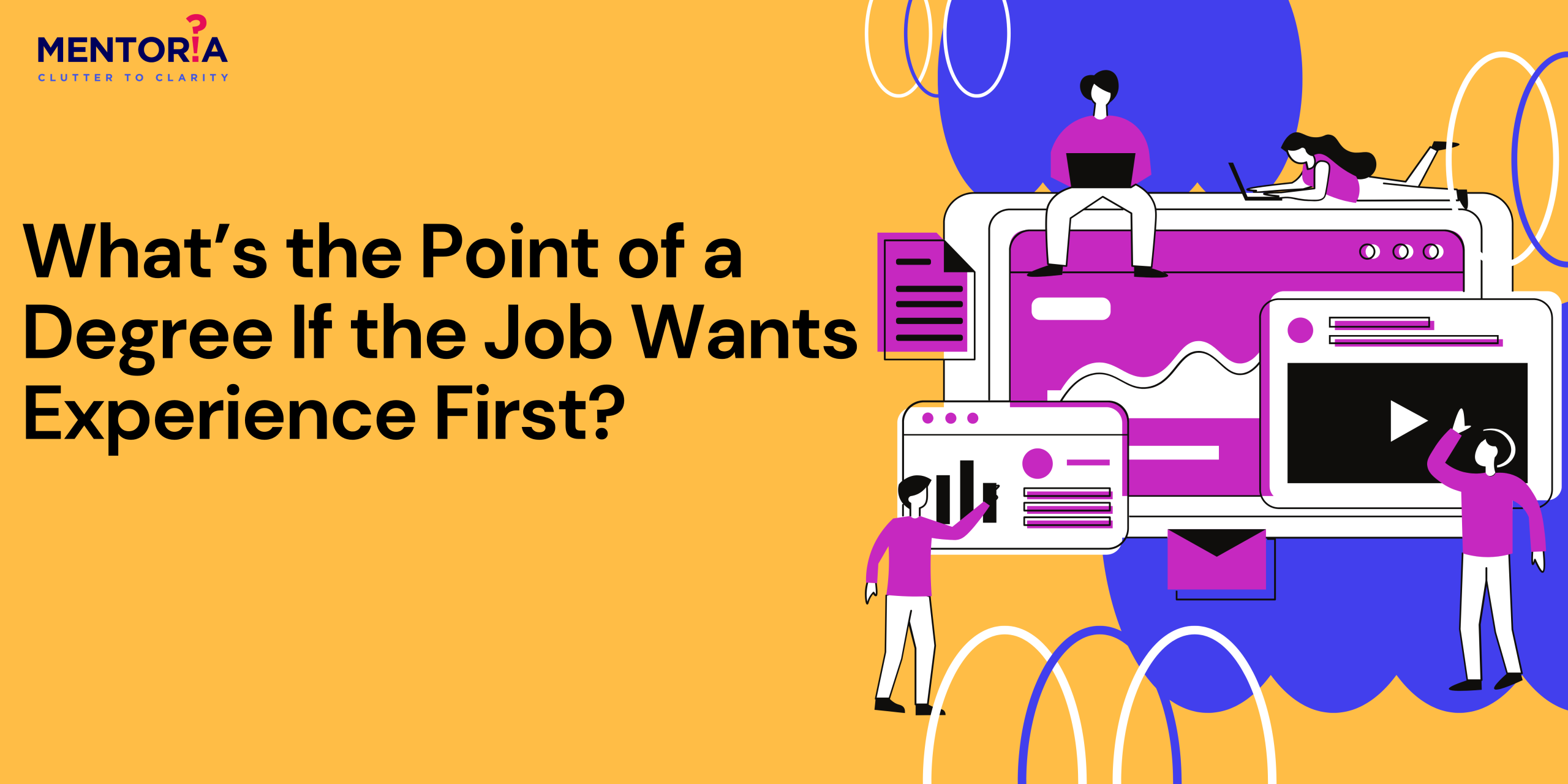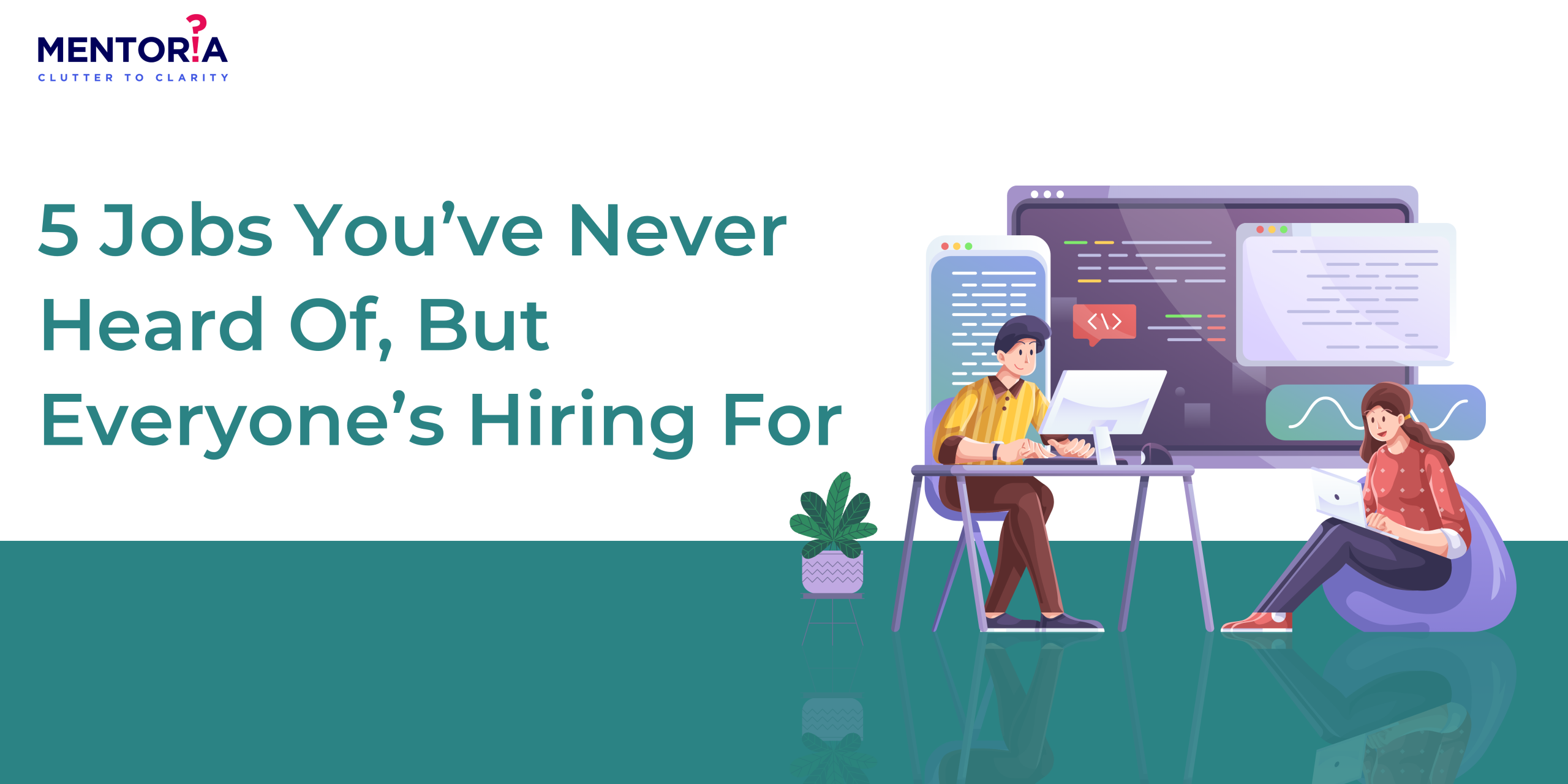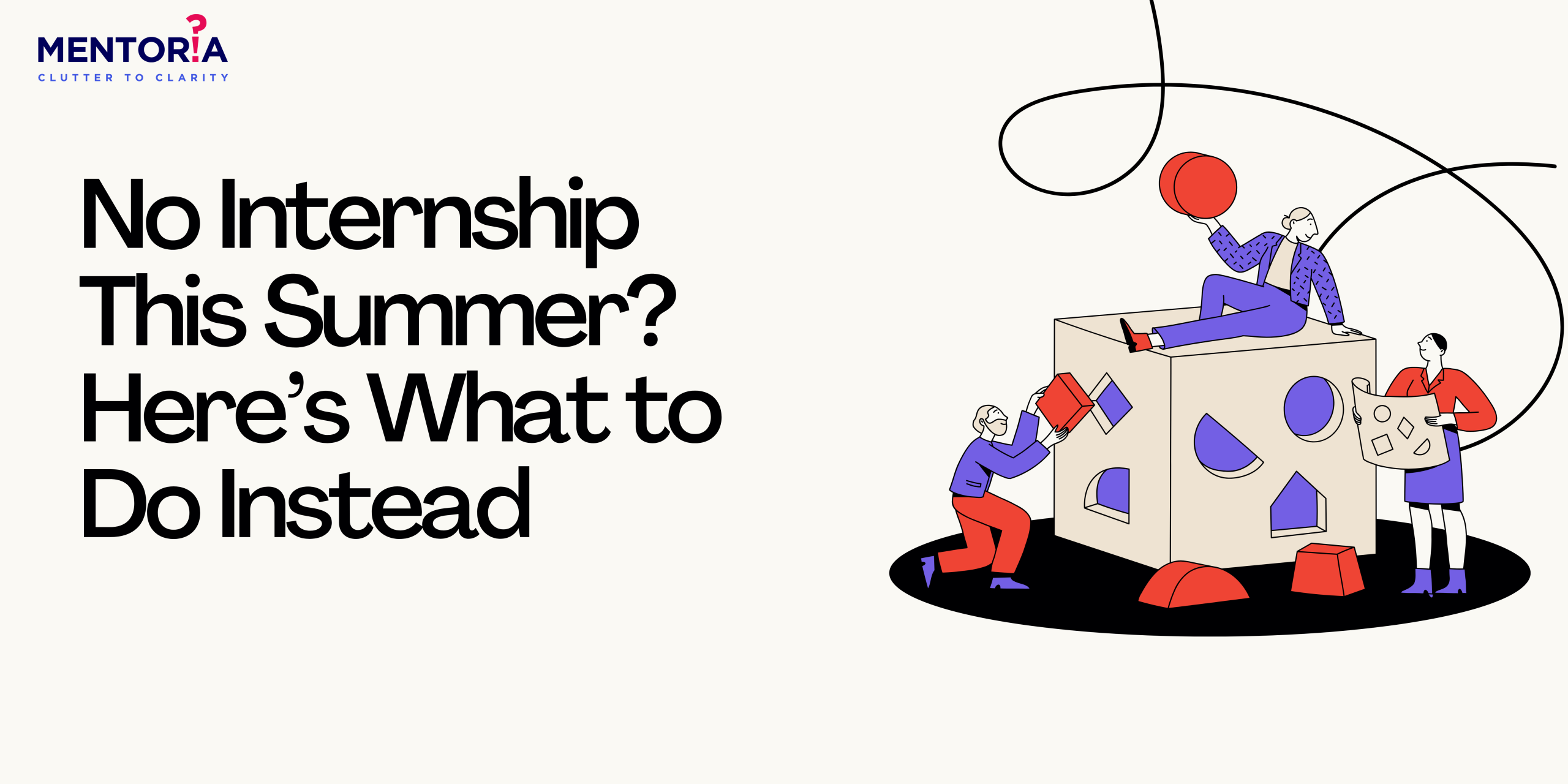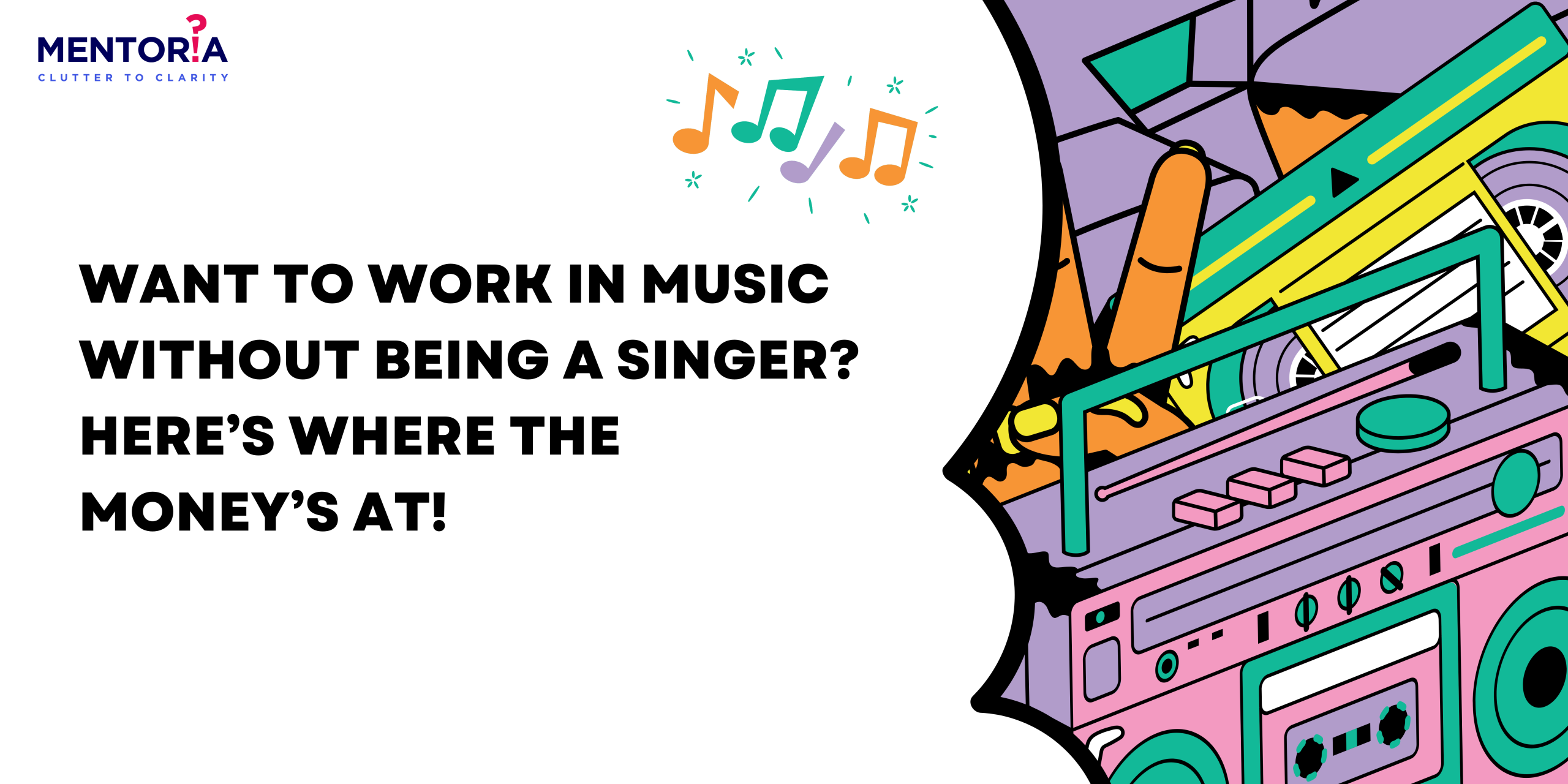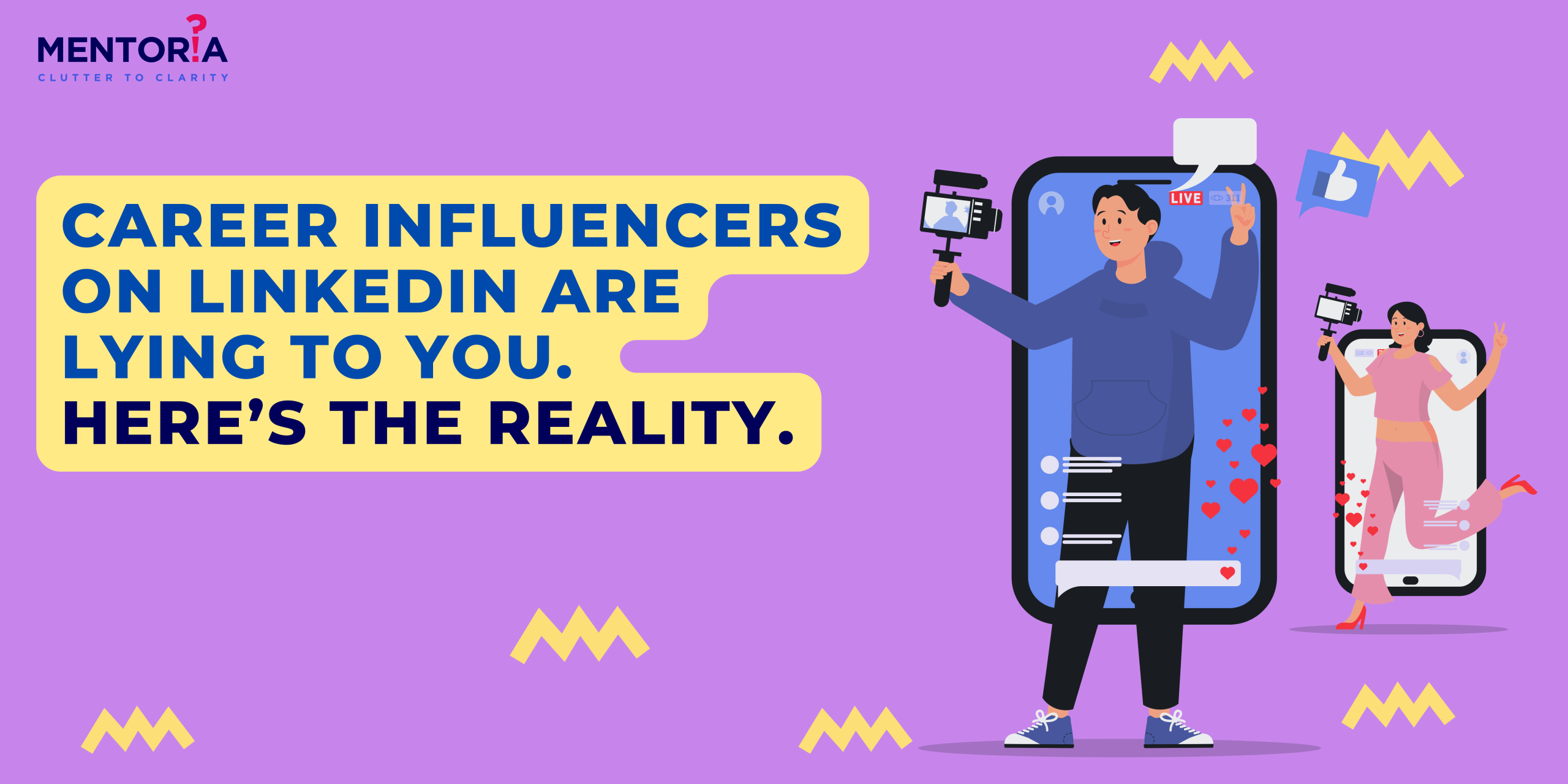How To Ace The ‘Tell Me About Yourself’ At Your Interview
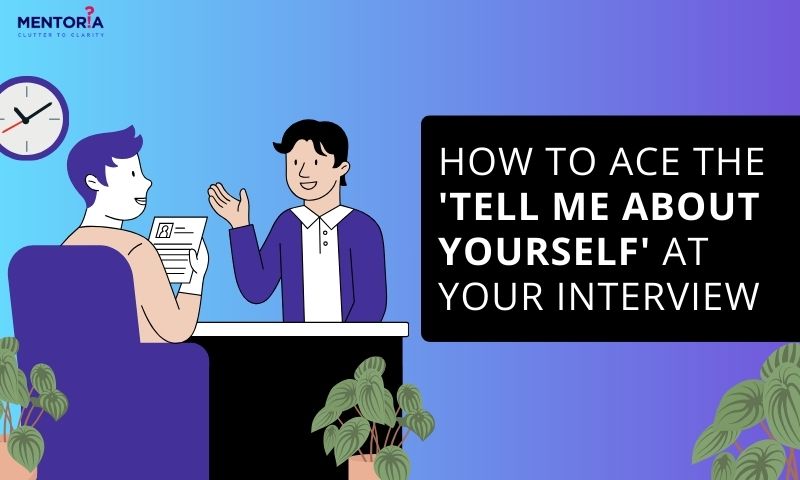
That open-ended “Tell me about yourself” question can be quite daunting. This isn’t an invitation to recite your entire life story; rather, it’s a chance to articulate key highlights that align with the role you’re pursuing. It’s totally natural to feel overwhelmed by the prospect of summarising your entire life and career in a few minutes.
It’s challenging because it requires striking a balance between being concise and informative, showcasing your strengths without feeling like you’re showing off. The key is preparation. Having a brief, well-rehearsed pitch that highlights your relevant experiences, skills, and accomplishments can make a world of difference. Think of it as storytelling—you’re weaving together a narrative that showcases your professional journey and what makes you a great fit for the role. In the blog, we will cover how to start answering the question, along with the need to sprinkle in past and current experiences, and what your current job entails. We will also look at how to weave in your strengths without sounding prideful, and to add a touch of fun, including an interesting fact about yourself. A clearcut strategy is to use the STAR method, which is also included in detail.
How To Begin
Start with a brief introduction, delve into your most relevant experiences or achievements, and tie it all back to why you’re excited about the opportunity. And remember, it’s not just about your work history; it’s also about conveying your passion, your values, and what drives you professionally. It’s about making a connection and leaving a memorable impression. With a bit of practise and reflection, you’ll turn those five dreaded words into a chance to shine.
Almost every interview begins with this question. It serves as an icebreaker and eases you both into the interview process. Furthermore, answering it strategically can help form the follow-up questions. While you may be tempted to put out a longer response to provide the whole “context,” it isn’t a good strategy since it won’t produce the desired initial impression.
For starters, you may only have 20 to 30 minutes with the interviewer, and you don’t want to spend the bulk of that time answering a single question. In this first question, you want to tell enough about yourself to humanise yourself, but the aim is for the interviewer to also know what your abilities are and the achievements you’ve achieved.
Mention Your Past Experience And Current Job
When discussing past experiences and your current job during an interview, it’s crucial to tailor your narrative to highlight relevant skills and achievements that directly align with the position you’re pursuing. For instance, if you’re transitioning from an administrative assistant role to a social media position, you could say:
“My journey in administration has been instrumental in refining my organisational skills and attention to detail, which I’ve consistently leveraged to streamline processes and enhance efficiency. However, what truly sparked my interest and led me to explore new horizons was the initiative I took with our company’s social media platforms. Recognising the potential, I took charge of our Instagram account, diving deep into analytics and current trends. Through strategic content planning and a focus on engagement, I managed to triple our follower base within a few months. This experience ignited my passion for social media and inspired me to further my knowledge by actively studying growth trends and algorithm changes. I’m excited about the opportunity to apply these skills and enthusiasm to a dedicated role in social media marketing.”
This approach emphasises specific accomplishments that directly relate to the desired role while showcasing your proactive attitude toward learning and adapting to new challenges. The “Tell me about yourself” question can be used by both freshers and experienced employees. For freshers, it’s important to provide a brief overview of their education and skills, including any relevant academic achievements. For experienced employees, it’s crucial to provide a summary of their current position, highlighting key responsibilities, accomplishments, and skills gained. The career trajectory should be provided, highlighting significant roles, promotions, or transitions that have shaped their skills and expertise. Highlighting specific achievements or skills that set you apart and how they relate to the new role. Finally, share your future aspirations and how your past experiences have prepared you for the role. Both types of responses should be concise, engaging, and focused on what you can bring to the role and the company.
Mention What You Have Learnt From Experience
One of the best ways to convince a potential employer or recruiter that you are the right fit for the job is to show them how you have learnt and delivered results from your past experiences. Instead of just listing your skills and achievements, you should choose an example that has a compelling story behind it, with a problem and a solution that you reached. This way, you are not only highlighting your skills and achievements, but also showing how you applied them in a real-world situation and how they have prepared you for the role you are applying for.
When discussing past experiences in an interview, follow these steps,
- Select relevant experiences related to the job you’re applying for and focus on achievements that align with the role’s requirements.
- Use the STAR method to structure your responses: situation, task, action, and result. Highlight learning moments and instances where you learnt something new or faced a challenge that led to personal or professional growth. Quantify achievements using numbers, percentages, or metrics to showcase the impact of your actions.
- Connect your experiences back to the skills or qualities required for the new role and demonstrate how your past successes align with what the employer is seeking.
Example: “As an intern, I revamped the company’s social media strategy, proposed a content calendar overhaul, conducted market research, collaborated with the design team, and implemented a new posting schedule and interactive content strategy. This experience taught me the importance of data-driven strategies and cross-functional collaboration, skills I’m eager to apply in this marketing position. This approach showcases your capabilities and ability to learn, adapt, and deliver tangible results based on past experiences.”
When you share your success stories, you should also include one or two key learnings from them. This shows that you are reflective and willing to improve yourself. If you can support your claims with data, numbers, or percentages, that would make your stories even more convincing.
Connecting past learnings to future aspirations is crucial in demonstrating how your experiences have shaped your goals and how they align with the role you’re pursuing. Connecting past learnings to future aspirations is essential for showcasing personal and professional growth, demonstrating continuity, and demonstrating relevance to the role. It helps interviewers understand how your background aligns with the job you’re applying for, highlighting how your skills and knowledge are valuable for the position. Additionally, it conveys your motivation and enthusiasm for the role, as sharing how your past experiences have contributed to your career ambitions demonstrates genuine interest and passion. By illustrating how past experiences have influenced your future goals, you demonstrate that your experiences are not isolated events but stepping stones leading to your current career aspirations.
Example: “Throughout my academic journey in computer science, I encountered various challenges that sparked my interest in cybersecurity. I realised the critical role cybersecurity plays in safeguarding digital assets and ensuring data integrity. My experiences with coding vulnerabilities in my coursework and internships heightened my curiosity in this field. Now, as I aim for a career in cybersecurity, I’m eager to apply my technical knowledge and problem-solving skills to protect organisations from cyber threats.”
By connecting past experiences to future aspirations, you illustrate a coherent and purposeful career trajectory, showcasing how your journey has led you to pursue specific career goals and how you plan to apply your learnings in the new role.
Mention Your Strengths And Accomplishments
Don’t be shy to showcase your strengths in the interview. If you excel at research and development, tell them about it. Give them an example of how you discovered a valuable opportunity through research and learning. Tell them about a time when you solved a problem on your own and helped the whole team. Think about how your personality influences your work style. For instance, if you consider yourself a creative problem-solver, explain that. How have you used your creative problem-solving skills to overcome a challenge in the past?
For instance, you might say:
“I pride myself on excelling in [highlight key skills vital to the role, such as project management, problem-solving, and teamwork]. During my tenure at [previous company], these capabilities were integral to my performance. One standout moment was leading a project that yielded remarkable results, notably [quantifiable achievement] which notably enhanced [specific metrics or outcomes]. This not only boosted team efficiency by [percentage/improvement] but also made a significant impact on [company/team success]. Moreover, I showcased my strength in [mention another skill] during [specific project or situation], leading to [quantifiable achievement or impact]. Overall, these strengths have consistently empowered me to deliver tangible value, and I’m genuinely thrilled about applying these abilities to make a substantial impact in this exciting new role.”
This approach effectively demonstrates your strengths through a tangible accomplishment, providing a clear example of how your skills have made a difference in your previous roles. It also showcases how these strengths align with the requirements of the job you’re interviewing for.
Include A Fun Fact About Yourself
You can also show some of your personality in the interview (but not too much) by sharing a little bit about your hobbies and interests outside of work. For example, if the company has a vision that is related to education, you can mention how you recently learnt how to make pottery or how you volunteer to teach maths to kids on the weekends. This way, you can show that you are a well-rounded person who shares the company’s values and that you have a passion for learning and helping others. By the end of this process, your interviewer should have a clear picture of what you do currently and how it’s relevant to the job and company, your past results/achievements, and why all of that makes you a suitable candidate for the job.
Use The STAR Method
You can also apply STAR (Situation, Task, Action, Result) to answer more behavioural interview questions like, “So, tell me about yourself.” STAR is a handy acronym that helps you structure your answer in a clear and concise way.
Situation: “In my previous role at [Company X], I was tasked with [briefly describe the situation or context of your previous job].”
Task: “My primary responsibility was to [outline the specific task or objective you were assigned in that role].”
Action: “To achieve this, I [describe the actions you took in response to the task, focusing on your skills, approach, and strategies]. For instance, I implemented [specific actions or strategies] to address [challenges or opportunities].”
Result: “As a result of these efforts, [explain the positive outcome, impact, or achievement you accomplished]. This experience taught me valuable lessons in [mention a lesson learnt or a skill acquired] that I’m eager to apply in my future endeavours, such as [connecting it to the job or role you’re applying for].”
This framework not only provides a structured way to narrate your experiences but also helps you focus on tangible examples that showcase your abilities and the impact you’ve made in previous roles. It’s a powerful way to communicate your skills and achievements effectively during an interview.
Talking about yourself can be awkward, but it’s essential in an interview. By identifying interesting stories and facts about yourself, you can ease some of the nerves that come with a job interview. Take the time to plan out responses to “So, tell me about yourself” along with other interview prompts and common interview questions—and ace your next interview.
Preparing For A Job Interview With Mentoria
“Tell Me About Yourself” is an opportunity to sell your candidacy and showcase your unique value proposition. By following these tips, you can craft a compelling response that will leave a lasting impression on the interviewer and increase your chances of landing the job. Mentoria’s website and app offer a variety of resources to help you prepare for job interviews, including blogs and tips on how to prepare for an interview. We also can also help you boost your confidence and self-esteem, which can make you a more successful candidate in job interviews. Mentors can provide you with encouragement and support, and they can help you believe in yourself and your ability to succeed.




